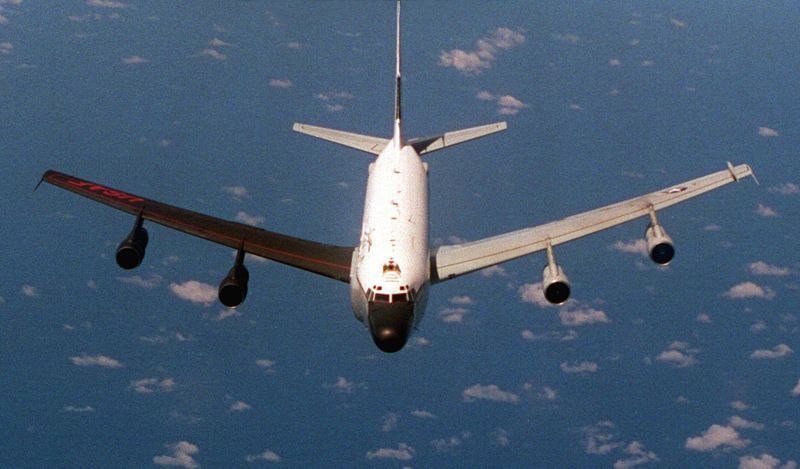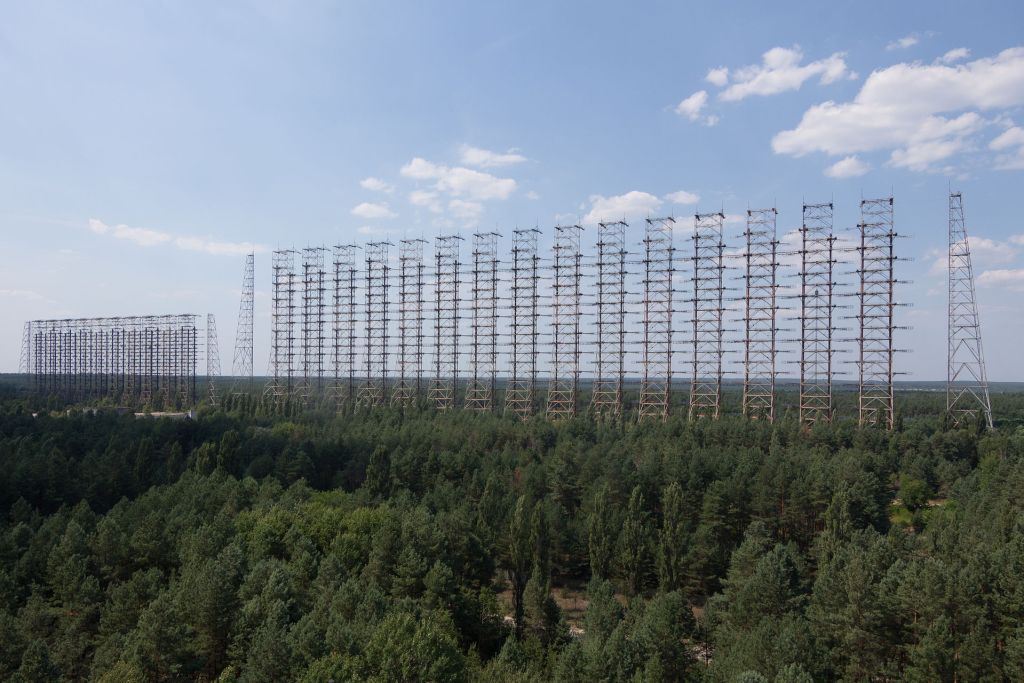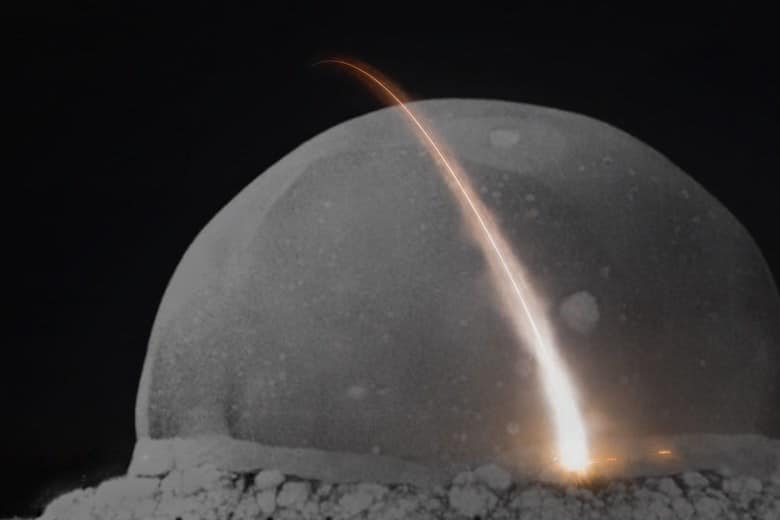This article by Alex Hollings originally appeared on SOFREP
Back in 1988, the Cold War was not quite as pressing a concern as it had been in years past. Mikhail Gorbachev had already begun his Glasnost initiative to open the nation up both internally and externally, and in the minds of many historians, the gears of progress were already turning toward the fall of the once mighty Soviet Union. One year prior, Gorbachev and Reagan had signed the (now defunct) Intermediate Nuclear Forces (INF) treaty, which had the aim of eliminating intermediate and shorter-range nuclear missiles from both nation’s arsenals — as these missiles were seen as “first strike” weapons that allowed little to no time for a tactical response.
As a part of this agreement, the Soviets set out to destroy 72 of their claimed stockpiles of some 650 now-banned missiles by launching them from a known and observable facility toward a known and observable impact point. For the U.S., this was an opportunity to gather some valuable intelligence regarding Soviet missile technology, so the Air Force deployed RC-135S Cobra Ball optical and electronic intelligence aircraft to the region to observe. By 1988, Air Force pilot Robert Hopkins was deployed in support of this intelligence gathering operation along with the 24th Strategic Reconnaissance Squadron, 6th Strategic Reconnaissance Wing out of Eielson Air Force Base, Alaska.

According to Hopkins’ account, he and his crew were flying a standard mission in a sensitive area east of the Kamchatka Peninsula near the Soviet Union when they got word that the Soviets were about to conduct a launch of one of their intermediate range SS-20 Saber missiles. Hopkins and his crew prepared their instruments to record launch and reentry data and turned the aircraft over to a Litton LN-20 stellar-inertial-Doppler system that could orient the aircraft in the best possible angle for data collection.
And that’s when things got crazy. As Hopkins and his crew prepared to get to work, they spotted what may be one of the Soviet Union and modern Russia’s most closely guarded secrets: a weapon intended for nuclear Armageddon.
Hopkins related what he saw to The Warzone earlier this year:
As we looked for traffic, we noticed what appeared to be a translucent, milky white wall moving from the left, over the USSR, to the right, toward the Northern Pacific Ocean. It covered the entire sky from ground level to as far up as we could see looking out the front windows of the airplane. It moved very quickly—far faster than crossing airplane traffic—and rapidly approached us. The wall of light passed across our flight path and then continued eastward, leaving the empty and dark night sky in its wake. Our programmed turn time arrived and we began our bank to the left to collect on the RVs. Once we rolled out southbound the wall of light was no longer visible to the east.”
Hopkins explained that a “dome of light” had originated at the SS-20 Saber missile’s launch location and radiated outward, growing as it went. Both he and his copilot verified seeing it, but because they had never seen anything like it before, they reported the event and dismissed it in their minds as some sort of freak aurora (similar to the Northern Lights). That likely would have been the end of it, except the same crew soon spotted the same unusual event take place on yet another SS-20 Saber missile tracking mission.
Guesses as to the velocity of the Dome Of Light were determined by the time it took the SS-20 to travel from the launch site at either Drovyanaya or Kansk to Klyuchi. This yielded a back-of-the envelope speed around 6,200mph!”
Theories as to what may have caused these unusual displays were soon running rampant throughout the Pentagon’s scientific arms, with a number of ideas quickly forming. Some argued that the unusual light show must be the result of a specific fuel being used in the first stages of the missiles. Others had a far more disconcerting idea that may have been first posited months before Hopkins first reported the unusual “dome of light” in a January issue of the LA Times. They thought it was a technology developed specifically to blind America’s infrared nuclear early warning satellites. That piece reads:
Hidden SS-20s could be used for a ‘surprise party,’ [North Carolina Senator Jesse] Helms said, a sudden disclosure of nuclear force aimed at coercion of the NATO allies; to carry chemical or biological warfare agents, or to create a ‘dome of light’ masking a nuclear first strike.”
Because these intermediate range missiles had short duration flight times as compared to ICBMs, they were already considered difficult to defend against, but a “dome of light” could feasibly delay tracking of an inbound missile, making an intercept even less likely. Even if this were the case, questions remained regarding just how exactly the Soviets managed to pull off this spectacular light show. Some have contended that it was accomplished through a bastardization of famed inventor Nikola Tesla’s work. There is, after all, evidence of other Soviet attempts to weaponize Tesla’s tech, including massive lightning machine-like labyrinth of Tesla coils constructed about 40 miles outside of Moscow in the 1970s.
Other massive electronic experiments, like the Duga radar installation located within what is now the Chernobyl exclusion zone pumped as much as 10 megawatts or 10 million watts of power into the air with massive radio bursts when activated, causing problems with HAM radios on the other side of the planet. The clicking sounds the facility created on open channels all around the planet were soon dubbed the “Russian Woodpecker.” Today, we know the massive installation was a part of a missile defense radar array, but for years, assumptions ranged from weather manipulation to mind control.

Although lots of information found its way to the public following the fall of the Soviet Union, it’s safe to say Russia continues to harbor more secrets than it lets out, and their “dome of light” may be among them. Whether it was an unintentional byproduct of an otherwise benign technology or if it was a purpose-built weapon designed to aid in a first-strike nuclear attack against the United States and it allies remains unknown — perhaps in part because the modern Russian government may still see the tactical and strategic value of such a technology.




